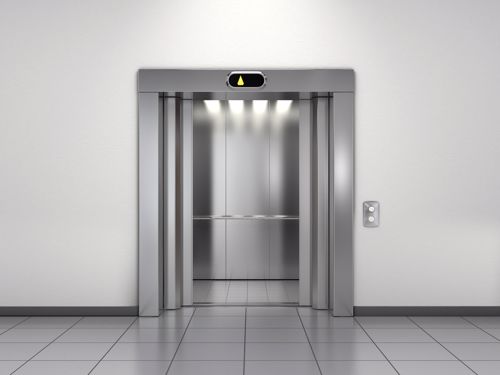
Smart buildings and building management
By Max BurkhalterFebruary 17, 2021
Smart buildings and cities are enabled by the Internet of Things, as it connects data and devices, and integrates facility management. These processes are information-intensive, leveraging actionable insights derived from data and implemented with the latest internet technologies.
Hard and soft services can be controlled, monitored, tracked for cost efficiency and maintained on a schedule that is predictive to prevent downtime and difficulty with building processes. Technology-intensive systems include elevators, heating, ventilation, air conditioning and building security systems, which can all be remotely controlled, automated and reported on.
The integration of IT and OT for smart facility management
A smart integration of IT and OT can be facilitated by the Industrial Internet of Things, known as IIoT, or Industry 4.0. Manufacturing is the largest IoT sector for spending, but health care, logistics and other verticals are rapidly gaining ground. In the past, the different systems required to optimize and maintain buildings, facilities and assets were siloed. Now, integration with IoT-connected devices takes this type of management out of isolation and adjusts it for the scope of the building or facility and the users that inhabit it.
Goals for a smart building
Forrester notes that smart building goals include being environmentally safe for users and visitors, reducing energy consumption, facilitating workflows and maintaining uptime. For different types of facilities, specific needs must be met. For example, a hotel might focus on noise reduction so guests can rest comfortably, whereas hospitals would be centered on patient experience. Additionally, a retail environment would require customization for appropriate foot-traffic flows and advertising displays.

Facility management can be adapted for each of these situations to provide the optimal experience for all users, customers, patients and visitors. Data acquired by the use of connected devices can be leveraged to improve these experiences and plan a more efficient use of resources throughout the building. Activity and needs-based workplaces enhance the health and comfort of workers while improving the quality of facility services and reducing the cost per square foot of maintaining the space.
Building management technologies
Smart facilities require technologies, energy management solutions and building automation systems that supply energy efficiency at a higher level. Improved energy processes can be achieved by building a management system that puts energy needs front and center, and concentrates on reducing resource usage at all levels. Comfort and flexibility in the working environment is also a priority, from temperature and humidity control to automated doors, security locks and other measures designed to limit authorized access for facilitating internal movement throughout the facility.
Growing demands for energy-efficient and eco-friendly buildings is driving adoption of IoT and associated technologies to create innovative environments, actionable analytic and smart building devices that are both autonomous and self-governing. As the BMS market continues to expand, smart energy demands green building and increasingly strict government regulations become a standardized piece of constriction.
Smart, sustainable buildings provisioned by distributed energy sources and self-contained within their own energy storage are driving investment in renewable energy. Data collection, intelligence, analysis and science are paving the way for the semi-autonomous operation of buildings both large and small. Powerful, industrial-grade infrastructure is a must to maintain the level of control required over smart buildings. According to i-Scoop, the intelligent building market is forecast to exceed 22 billion by 2026.
Perle is positioned to help supply the right equipment for your needs, including terminal servers and other equipment required for power substations.



